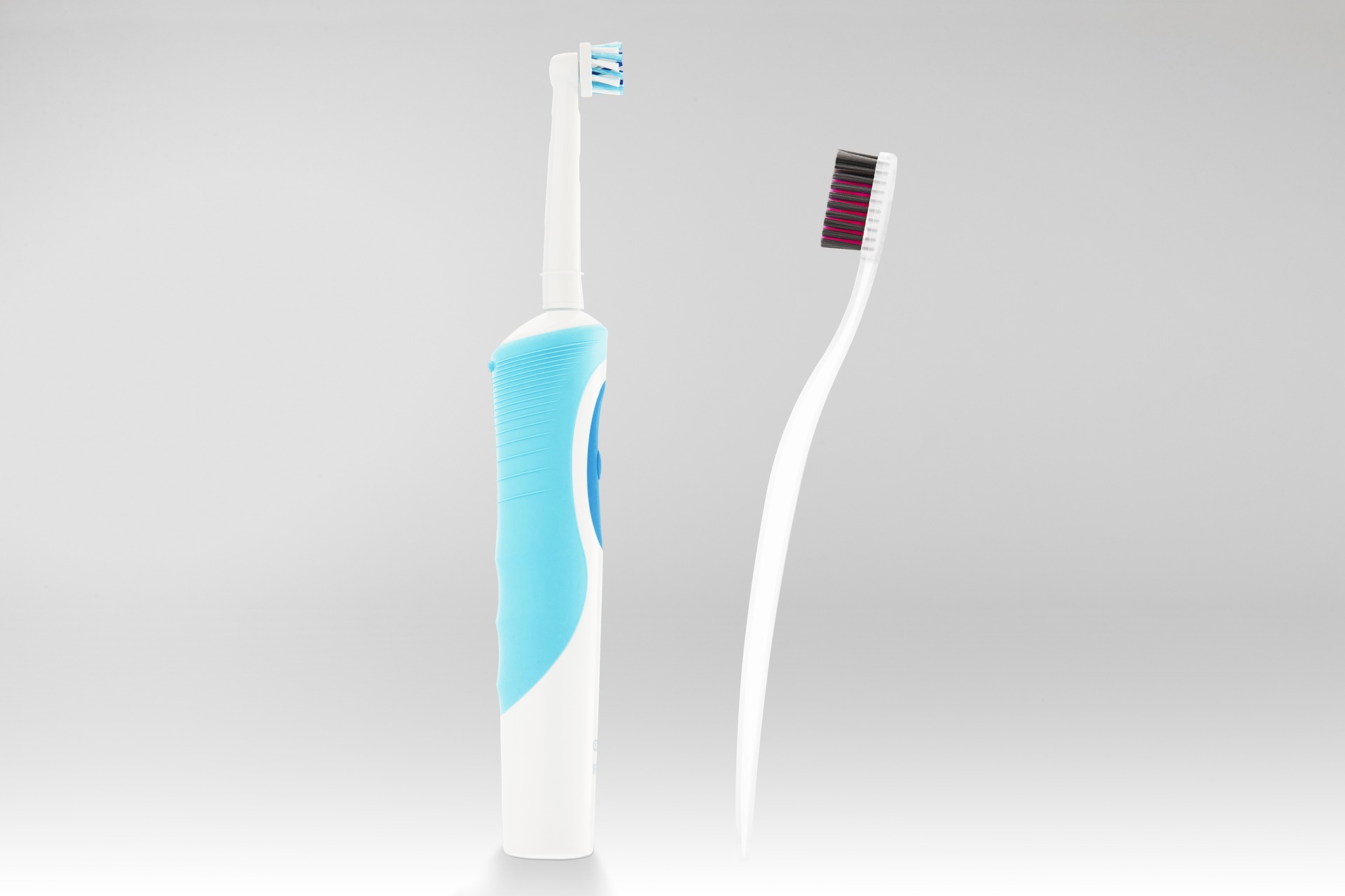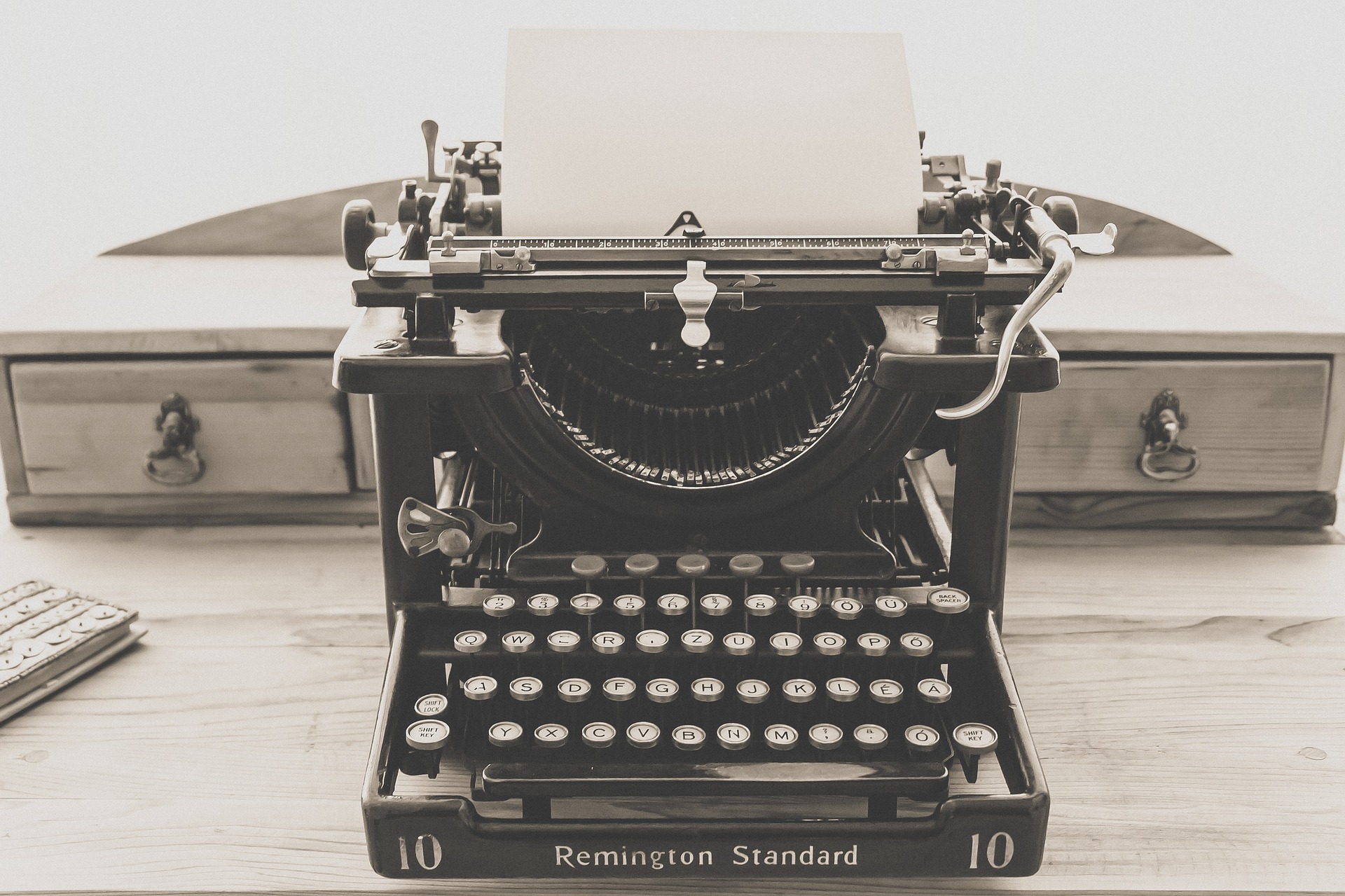Inclusive design is a term that gets thrown around these days, but it has one simple and guiding principle; ensuring that products and services are able to be experienced by more people.
You might not know it, but many everyday items owe their existence to inclusive design.
Bendable straws
While Marvin Stone filed the first patent for a drinking straw in 1888, it wasn't until the 1930s when straws gained the ability to bend. After watching his young daughter struggle to reach her milkshake through a straight paper straw, inventor Joseph Friedman designed a way for the straw to bend.
Hospitals quickly embraced bendable straws because they allowed patients to drink while lying in bed.

Curb cuts
You probably use them every day, but the sloping ramps (curb cuts) between the footpath and street were originally designed for wheelchairs.
It was soon identified that curb cuts also benefited every day pedestrians such as parents with strollers, travellers with luggage and couriers with trolleys.
As a result, curb cuts have become a standard part of streets and footpaths across the world.
Electric toothbrushes
Electric toothbrushes are recommended by dentists and orthodontists as they remove more plaque than a manual toothbrush, but did you know they were first designed for people with limited motor skills?
Manual toothbrushes require a lot of agility, strength and control of your arms and hands, but electric toothbrushes are typically easier to grasp and don’t require moving your arms around in tiny circular movements.

Automatic doors
Most buildings have automatic doors, which were originally designed to help people with mobility issues, but they also happen to help anyone carrying bags, pushing trolleys or prams.
Keyboard (typewriter)

We have an Italian countess who was blind to thank for inspiring the creation of the computer keyboard, or rather its forerunner the typewriter.
Carolina Fantoni da Fivizzon was a muse for inventor Pellegrino Turri, and wasn’t able to write letters to her sighted friends. Turri noticed this and in 1608 he designed a prototype typewriter for da Fivizzon.
Interested in learning more about inclusive design? Sign up to the Digital Access newsletter or follow us on Twitter.










